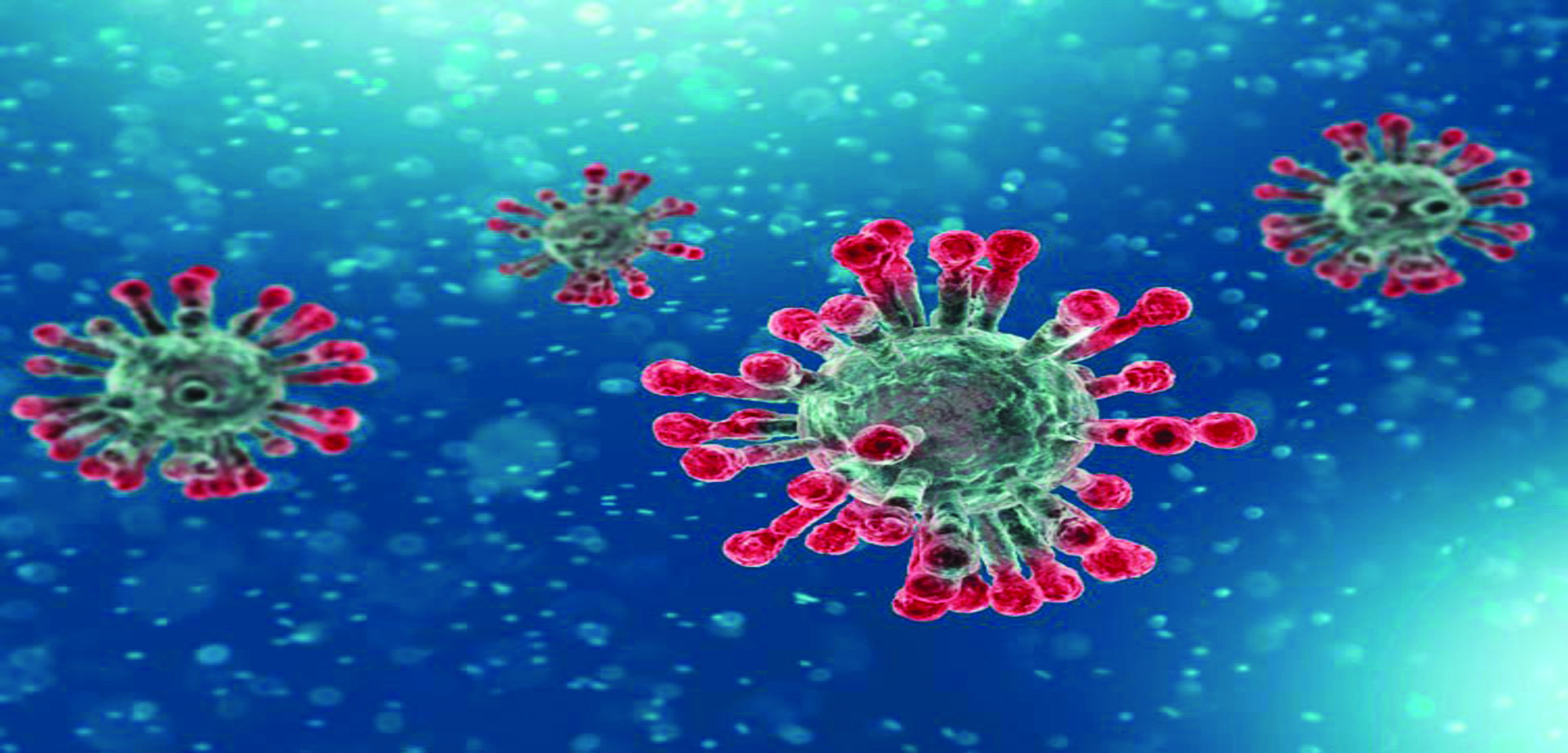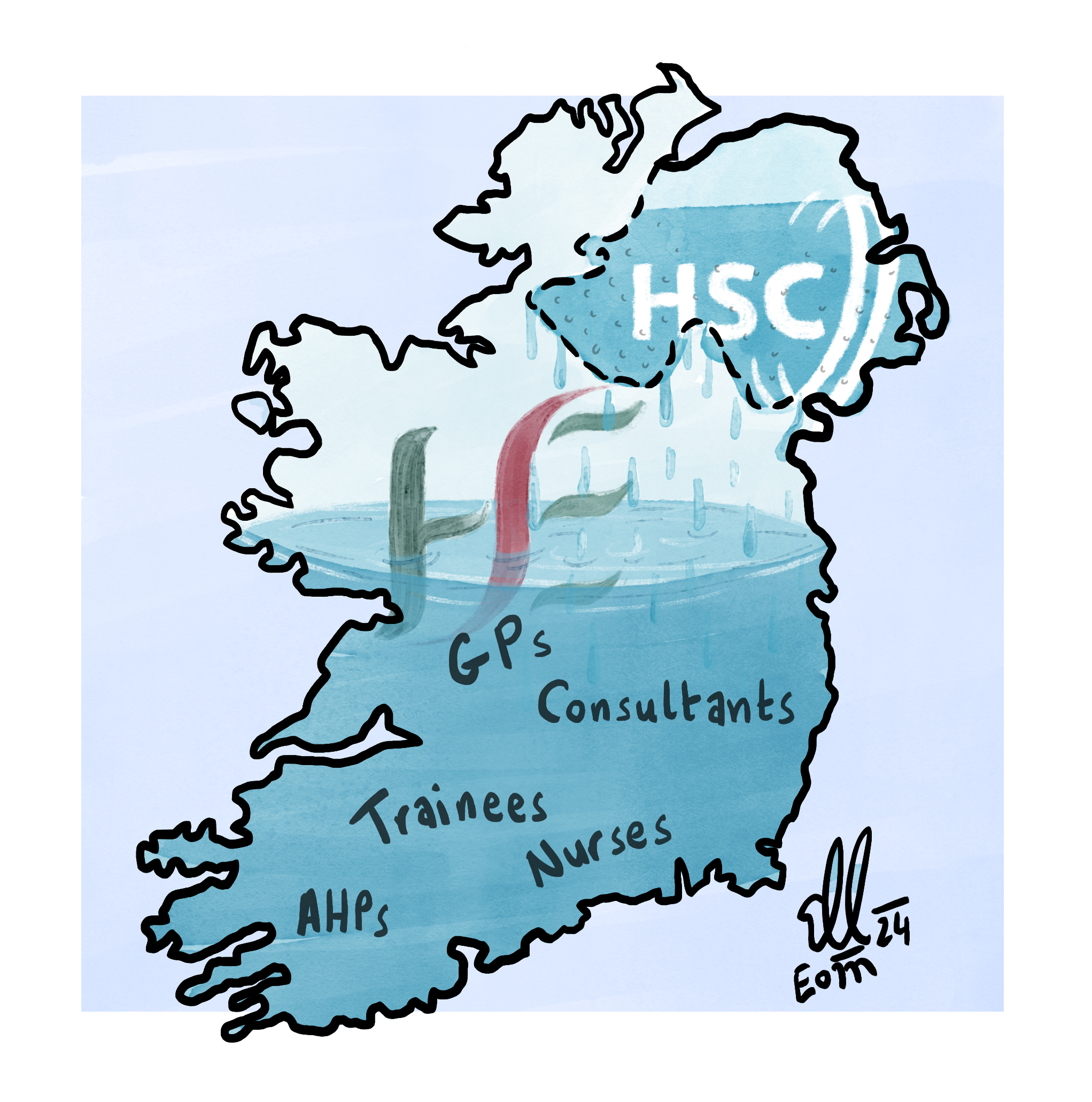When discussing the SARS-CoV-2 pandemic, it has become obligatory to add the phrase ‘at time of writing’. This is done in the full knowledge that what is written in the current context now may be a historical footnote in two weeks’ time.
And so, ‘at the time of writing’, the rates of infection are still creeping up, as are ICU admissions, while restrictions on movement are being more tightly applied, particularly in Dublin and Donegal. Most pubs have had to pull the shutters down again and health authorities are, as the saying goes, ‘not ruling out’ another general lockdown in an attempt to slow the spread of the virus.
Perhaps therein lies the rub — lockdown does not kill the virus, but rather merely slows down the spread, although in certain media outlets, the narrative has changed and instead of ‘flattening curves’, it’s sometimes being suggested that lockdown can ‘crush’ or ‘eliminate’ the virus. As I have written previously, certain media sources could be a bit more responsible when it comes to the melodramatic rhetoric they employ.
Details of the adverse health consequences of the first lockdown are emerging in drip-feed fashion. The most obvious of these consequences and perhaps the most difficult to evaluate metrically, are of course the effects on people’s mental health. The isolation of the first lockdown has of course hit the elderly hard, a demographic of people who were dealing with an epidemic of loneliness before people even knew the abbreviation ‘NPHET’, before Drs Holohan and Glynn were famous nationwide and before the concept of ‘social distancing’ was ever heard of.
Some of the elderly defied the lockdown and decided to take their chances and if another lockdown is imposed, it’s reasonable to expect that the numbers of elderly people who defy it will increase.
And then there are the effects on physical conditions — the delayed diagnoses, the missed treatment appointments, the near-empty emergency departments, and the cancellation/postponement of elective procedures, which are considered non-essential, but many of which have had a significant impact on people’s quality-of-life.
In all of this, it must be kept in mind that people with chronic illness are by their nature more vulnerable to psychological distress and for many of them, lockdown provided a sort of ‘tipping point’, a phrase the UK government has become very fond of using lately. A study published in Frontiers in Psychology in August highlighted that estimates predict approximately 18,000 excess cancer deaths over the next 12 months as a result of the Covid-19 emergency, with the authors pointing out that “across eight hospitals in the UK, a majority of patients with cancer or suspected cancer were not accessing healthcare services, with major declines in chemotherapy attendances (60 per cent reduction) and urgent referrals for early diagnosis (76 per cent reduction)”.
Needless to say, early diagnosis and treatment are vital in a range of conditions, not least cancer.
And then there is the number of people with cardiovascular disease who have been slipping through the cracks. A European Society of Cardiology (ESC) survey earlier this year comprised 3,101 healthcare practitioners involved in the treatment of STEMI patients in 141 countries. Among the main findings were that fewer severe heart attack patients attended hospitals — 78.8 per cent of the respondents spoke of a decrease in the number of STEMI patients coming to their hospitals and overall, the number of patients admitted to hospital had decreased by 50 per cent on average.
A further 62.3 per cent of the ESC survey respondents stated that at the height of the pandemic, STEMI patients presented later, beyond the window for percutaneous coronary intervention/thrombolysis and overall, the percentage of patients presenting later than usual was estimated to be 48 per cent on average.
No doubt the specialties of rheumatology, neurology, psychiatry, dermatology, paediatrics, and many more have their own tales to tell on how the lockdown affected their clinics and patient care.
All of the above do not even touch on the serious impact the lockdown had on increased rates of domestic violence, higher prevalence of alcohol abuse, and the consequences for an already battered economy; recession and economic hardship themselves are known to have adverse health consequences. All of that, as they say, is beyond the scope of this article.
In life, everything is a trade-off and if another lockdown is being pondered, it should be thought about very carefully indeed to make sure that, for some people at least, the cure doesn’t turn out to be more harmful than the disease.













Leave a Reply
You must be logged in to post a comment.